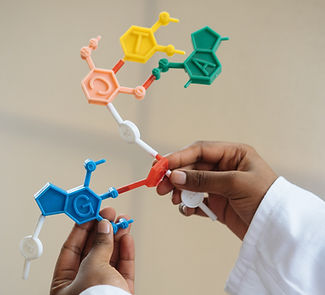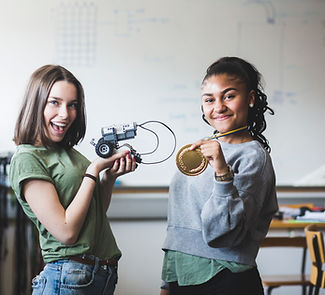

Course Design: A Backwards Process
First thing first, start at the end. Beginning with the end in mind is key to designing a course for learners. It is essential to develop outcomes that align with the assessments and learning activities.
Develop Learning Outcomes (What the children need to know)
+
Assessment (Evidence the students learned)
+
Lesson Plans (Activities that will help students learn)
Put it all together =
The children will learn (learning outcome), through authentic and intentional (assessments), students will demonstrate what they have learned from (Learning activities).
DESIGN & ALIGNMENT
design
Design with key ideas in mind:
-
Make learning impactful for students.
-
Aim to increase every student's performance and/or achievement.
-
Make a positive impact on students' emotional and cognitive development.
-
Encourage and teach strategies that enable learners to establish confidence in their learning process.
-
Engage in the best practices to ensure learners acquire and utilize the new knowledge and skills developed.

learning Outcomes
Create outcomes that will impact learning through cognitive, affective, physical, language, and emotional developmental domains.
“Students will learn _ (topic)”
provide levels of progress in terms of where students are, where they need to be, and how to get there. Design a curriculum that meets the individual needs of the by providing achievable goals through sequences of instruction and learning opportunities.

learning activities
Implement learning activities that will demonstrate the students acquired knowledge and abilities as intended. Focus on how students will get from A to B, while also ensuring the activities align with the outcomes and assessments.
Identify practice activities such as reading or watching the course content or completing practice questions.

Assessment
(Throughout course) Formative assessment: Gather information on new knowledge and/or skills of students and to enhance program content, format, and organization.
(Mid and/or end of Course) Summative assessment: Identify the degree and quality of information learned and document evidence that supports the students' achievements.

example
Topics - "How to wash our hands”
Learning Outcome:
Learners will be able to: engage in good health practices.
Assessment:
Produce a community poster identifying self-care measures on hand washing procedures.
As a group, students will perform a handwashing presentation for the class.
Activity:
Develop a visual chart that establishes routines of hand washing at appropriate times and provide guidance for children to learn how to wash their hands appropriately.
Organize sequence picture cards that entail the steps of hand washing, from start to finish.
Self-check quiz video- Learners will watch a video, answer questions related to the following content:
Materials:
Time
Motion
Procedure

alignment
The alignment of your course design will depend on the goals, objectives, and/or competencies established- so keep the information handy as you move along!

SAFETY FIRst
Educators should only select multimedia tools that are safe and align with their design methodology. Routine assessments of the application to determine their effectiveness at improving users’ development is crucial. cybersecurity awareness and knowledge of privacy is essential for students to understand how to make safe choices when accessing technology. A clear and consistent list of expectations and consequences need to be established prior to accessing technology in the classroom.
